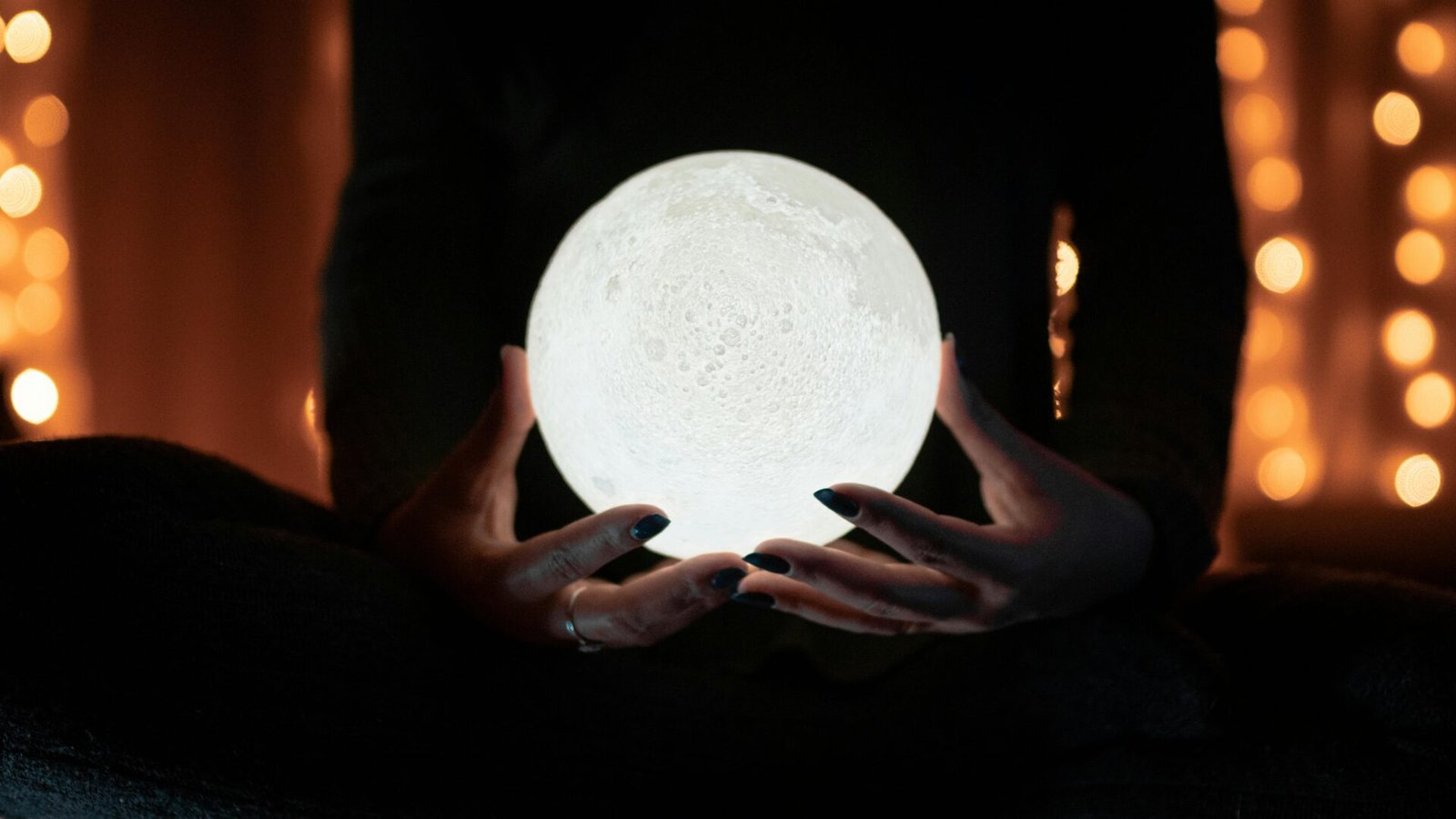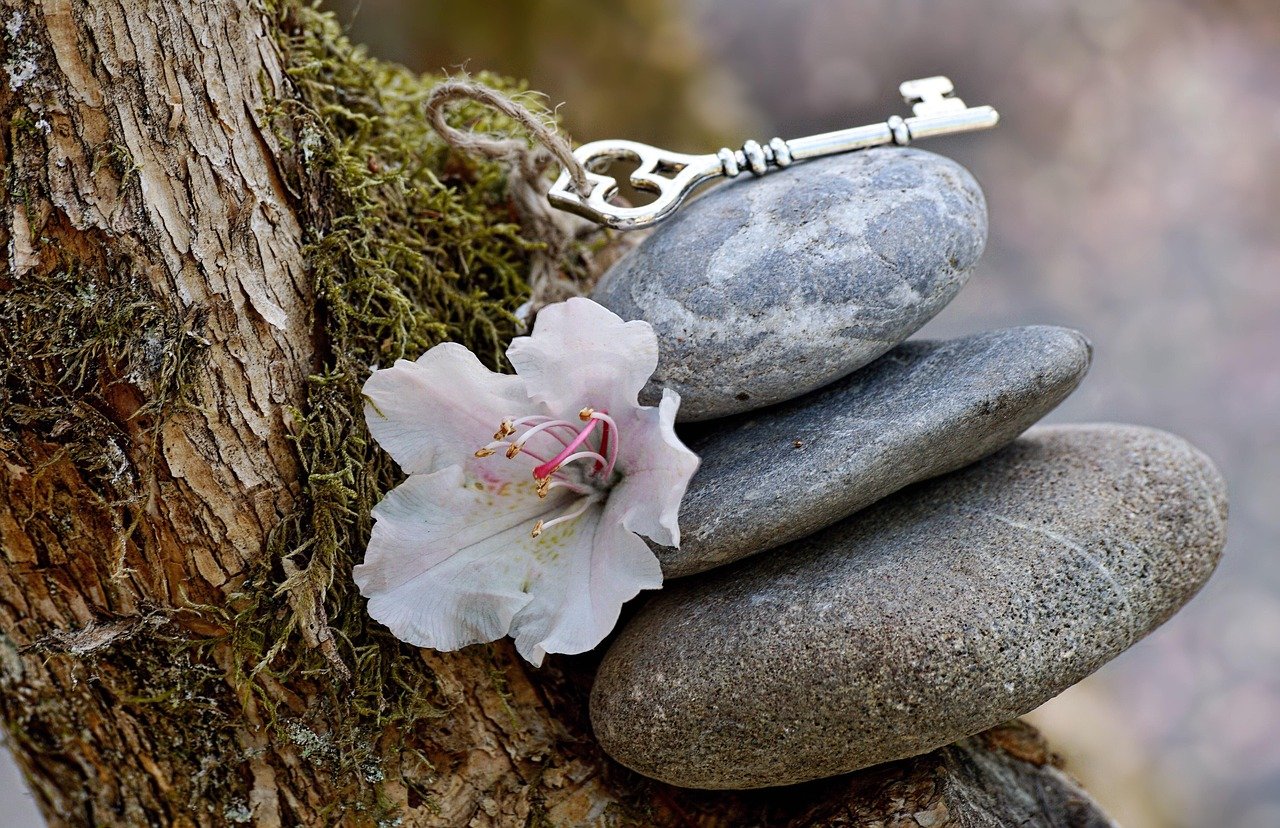The Hidden Depths of a Simple Lunar Phrase
When gazing at the night sky, have you ever paused to whisper, the moon is beautiful isn’t it? This seemingly ordinary observation contains extraordinary dimensions of meaning. Across civilizations, the lunar body has been a wellspring of mystery, inspiration, and spiritual connection. Yet what makes this simple rock orbiting Earth evoke such profound responses from the human spirit?
Tracing back through the veils of time reveals that in Japan, these five words transcend casual observation. The phrase “Tsuki ga kirei desu ne,” which translates to the moon is beautiful isn’t it, represents a subtle emotional confession. Literary historians credit novelist Natsume Soseki with suggesting this expression as a more poetic alternative to direct declarations of affection. This cultural subtlety unveils a pathway to understanding how language can carry deeper meanings beyond literal interpretation.
The moon embodies several spiritual qualities worth contemplating:
- The lunar presence symbolizes serenity amidst life’s turbulent waters
- Its consistent return teaches cycles of renewal and patience
- The gentle illumination demonstrates how light can penetrate darkness without force
Throughout history, poets, mystics, and spiritual teachers have turned to the moon as both metaphor and teacher. Its steady presence in our consciousness appears in countless teachings, guiding those on spiritual journeys toward understanding the balance between darkness and light in their own souls.
The Spiritual Language of Lunar Observation
The moon is beautiful isn’t it offers more than acknowledgment of natural splendor—it creates a shared validation between observer and listener. The lunar allure transcends its silver beams to become a vessel channeling deeper human experiences and connections. In recognizing this beauty together, two souls enter a sacred space of mutual awareness.
The Japanese expression reveals layers of tradition and subtlety in emotional communication. Cultural wisdom often suggests that the most profound feelings are conveyed implicitly rather than explicitly stated. This phrase stands as evidence of an elegantly understated approach to expression that honors the silence between words. The moment of midnight observation becomes a sacred space where true meaning unfolds in the gap between utterance and understanding.
In spiritual practice, such moments of shared observation create what mindfulness teachers call “presence bridges”—connections formed through mutual awareness of beauty. These bridges transcend ordinary conversation to create spiritual communion between individuals. The next time this phrase emerges in conversation, consider what deeper connection it might be inviting.
Could such a simple observation be opening a doorway to sacred connection between two beings sharing the same slice of eternity beneath a moonlit sky?
Modern Applications of Ancient Lunar Wisdom
In recent years, the moon is beautiful isn’t it has found renewal in digital spaces. Social platforms have embraced lunar symbolism through various icons and visual representations. The crescent moon emoji has evolved beyond mere decoration to represent states of being and spiritual awareness.
This digital moon often appears as a symbol of entering contemplative space—a visual shorthand for stepping away from constant stimulation to enter quieter states of reflection. Beyond functional significance, the moon in digital profiles can represent one’s affinity for introspection, cyclic wisdom, or connection to natural rhythms.
Contemporary spiritual practices incorporate lunar observation in several meaningful ways:
- Moonlight meditation sessions that harness the natural energy of lunar cycles
- Journal reflections guided by different moon phases to track personal growth
- Community gatherings that celebrate lunar rhythms as touchpoints for collective consciousness
The digital embrace of lunar symbolism reminds practitioners that ancient wisdom remains relevant in modern contexts. Photos bathed in lunar filters and captions referencing celestial beauty demonstrate humanity’s enduring connection to the night sky as a source of spiritual guidance and emotional resonance.
Universal Connection Through Lunar Wisdom
From diverse corners of our planet, seekers lift their gaze to the night’s canvas, captivated by lunar mystery. The moon is beautiful isn’t it—these universally understood words capture common human experience that transcends cultural boundaries. Each tradition adds unique perspective to the moon’s spiritual significance.
For spiritual guides working with seekers from varied backgrounds, the moon serves as a universal teaching tool, leading to profound conversations about shared human experience. The understanding that all earthly beings exist under the same moon creates immediate connection across perceived differences.
Cultural perspectives on lunar wisdom show fascinating diversity:
| Culture | Moon Significance | Spiritual Practice |
| Japanese | Lover’s Companion | Poetic expression of depth |
| Western Mysticism | Intuitive Guide | Symbolic dreamwork |
| Islamic Tradition | Divine Timekeeper | Rhythmic devotion |
| Indigenous Wisdom | Spiritual Elder | Storytelling and ceremony |
Brazilian spiritual communities celebrate during Festa Junina with dancing under moonlight, while Middle Eastern traditions mark the crescent moon as a signal for significant spiritual observances. Each approach reveals different facets of the same celestial teacher.
Contemplative Practice: Lunar Meditation
To experience the transformative potential of the moon is beautiful isn’t it, try this simple moonlight meditation practice:
- Find a comfortable position with a clear view of the moon
- Take three deep breaths, allowing your awareness to settle
- Gaze softly at the lunar body, allowing its light to enter your eyes
- Whisper or think the phrase: “The moon is beautiful, isn’t it?”
- Notice what emotions, memories, or insights arise
- Remain in this contemplative state for 5-15 minutes
- Journal any revelations or feelings afterward
This practice creates space for the moon to become more than an astronomical body—it transforms into a spiritual teacher offering wisdom through its silent presence. Regular lunar contemplation connects practitioners with ancient traditions while fostering present-moment awareness.
Final Reflections
The moon’s gentle radiance has guided spiritual seekers throughout human history, with the simple phrase, the moon is beautiful isn’t it serving as both invitation and affirmation. Exploring lunar beauty awakens recognition of the beauty within each soul, creating unity across the tapestry of time, space, and consciousness.
As you continue your spiritual journey, consider how this ancient expression might enhance your practice of mindfulness and connection. When next you stand beneath the night sky, allow yourself to fully experience the moon’s timeless invitation to wonder.
Frequently Asked Questions
What spiritual significance does the phrase “the moon is beautiful isn’t it” hold?
Beyond aesthetic appreciation, this phrase serves as a spiritual metaphor for recognizing beauty in the present moment. In Japanese tradition, it represents a poetic expression of deep connection, while in mindfulness practice, it serves as an anchor to present awareness.
How can moon observation enhance spiritual practice?
Regular lunar observation creates rhythmic touchpoints for spiritual reflection, helping practitioners develop awareness of natural cycles within themselves. The moon’s phases offer perfect metaphors for personal growth, emotional fluctuation, and the balance of light and shadow in the spiritual journey.
What does the moon symbolize in different spiritual traditions?
The moon holds varied significance: in Taoist tradition, it represents yin energy; in Hindu spirituality, it connects to emotional wisdom; Western mystical traditions link it to intuition and the subconscious. Despite these differences, most traditions view the moon as a teacher of cycles, reflection, and indirect illumination.
How can modern seekers incorporate lunar wisdom into daily life?
Contemporary practitioners can track moon phases in journals, set intentions with lunar cycles, practice moonlight meditation, or simply pause for contemplation when the moon is visible. Even saying the moon is beautiful isn’t it with full awareness can become a micro-practice of mindful appreciation.


